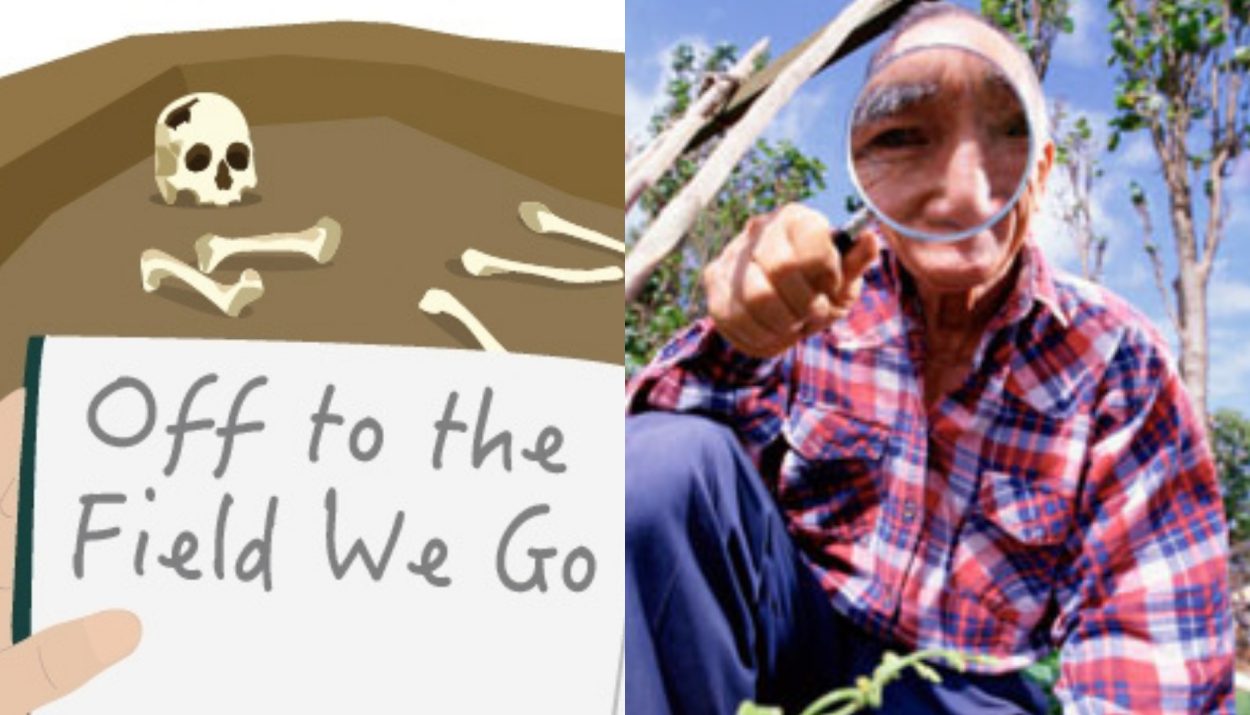Fieldwork is the direct method of study in which a researcher goes into the field to interact with the people to whom he/ she wants to study. He/ she lives continuously for a long time in that area with those people and studies for their research work. The article “Let’s learn about Fieldwork for research” will discuss the various methods used during fieldwork.
Techniques used in fieldwork
Observation
This is one of the important methods of research. In this method, the researcher observed the society for their work.
It has four kinds-
- Uncontrolled observation:
- Made in the natural environment
- Not influenced by outside controls or external forces
- No instruments are required
- Not standardized
- Controlled observation:
- Observation according to the plan
- Greater precision than uncontrolled observation
- Less biasness
- Control over the observation and the phenomena
- Non-participant observation:
- Also known as Quasi-participant observation
- Observation from a distance
- Participant observation:
- Participation in the sociocultural life of the people understudy
Interview
It is a device for the collection of data that is required to test the hypothesis in social research. It ensures systematic communication between a field worker and the people.
It is of two types-
- Structured interview:
- Preplanned
- Controlled, guided or direct interview
- Does not add anything later
- Unstructured interview:
- Not planned
- Uncontrolled, unguided or undirected interview
- Free discussion
Case study
It is a qualitative analysis. The case study involves an intensive investigation of a particular unit. A case is a unit of study. It may be individual, group, class or any other organisation. It aims at a deep and detailed study of the unit. The case study covers a sufficiently wide cycle of time. It collects broad data.
Casework includes procedures related to the development and adjustment that follows the diagnosis.
Genealogical
It is a well-established procedure to collect kin relationships. It studies kinship and social organization. It discusses demographic and settlement patterns.
Also, learned about the work of anthropologists which comes under Applied Anthropology.
Some other important terms used in fieldwork
Questionnaire:
It is of two types-
- Structured questionnaire
- Definite, concrete and preordained questions
- Limited
- Alternatives are given
- Response is structured
- Can be mailed also
- Non-structured questionnaire
- Often known as an interview guide
- Used for focused, depth and non-directive interviews
- Not limited
- Both response and stimulus are set free
Schedule:
It contains some questions or blank tables that the researcher will fill in after getting information from the informant. The schedule is used as a memory tickler.
Participant observation and the Genealogical method are the distinctive features of anthropological fieldwork.
Data collection:
It is of two types-
- Primary data – collected by the researchers themselves.
- Secondary data– collected from the library, books etc.
There are two techniques of data collection:
The Intensive fieldwork method (also known as a longitudinal or diachronic study) includes observation, interview, case study and genealogy.
The Survey method (also known as a cross-sectional or synchronic study) includes questionnaires and schedules.
Armchair anthropologists:
They create theories without any field work. They relied on travellers for their work.
Read more:
- The Maharaj Libel Case of 1862: A Landmark in Colonial Legal and Social History
- Acclimatization: The Subtle Dance Between Humans and Their Environment
- The Anthropology of Sleep
- Lamarck’s Theory of Evolution
- Bipedalism and Structural Changes

5 Comments
Piper
3 years agoI’ve been exploring for a bit for any high quality articles or weblog
posts on this kind of space . Exploring in Yahoo I
ultimately stumbled upon this website. Reading this
information So i’m glad to express that I have an incredibly good uncanny feeling I discovered just what
I needed. I such a lot certainly will make certain to don?t
put out of your mind this site and provides it a glance regularly.
K VINEETA
3 years agoThank you for the encouragement.
Catherine
3 years agoQuality articles is the crucial to be a focus for the
visitors to pay a quick visit the website, that’s what this site is
providing.
Nate
3 years agoThis is very fascinating, You are a very skilled blogger.
I’ve joined your rss feed and sit up for in search of extra of your fantastic post.
Also, I’ve shared your web site in my social networks